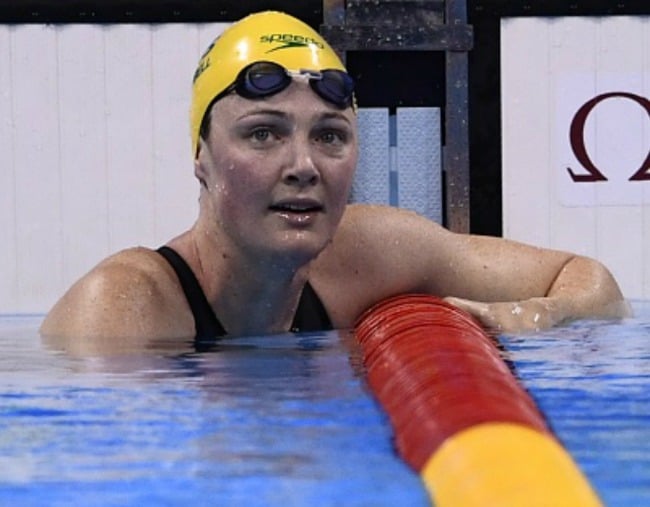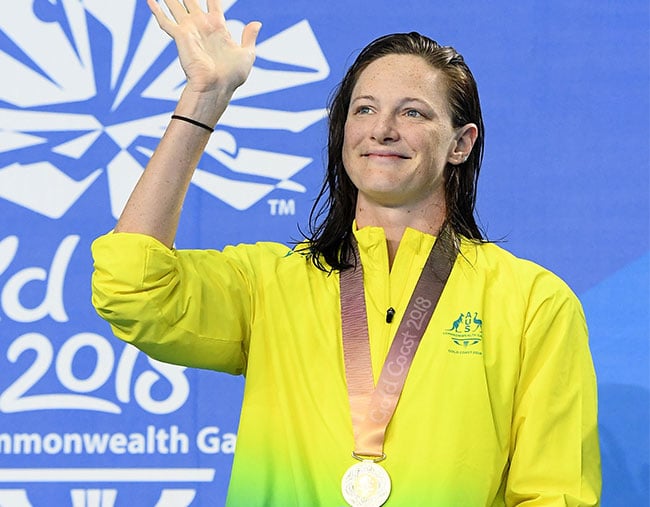
Cate Campbell had the mole on her upper arm her whole life.
It had never changed in size or shape so she hadn’t given it much thought, but a timely chat with an old friend may have saved her life.
The Olympic gold medallist told the Daily Mail she met up with an old friend in November 2018 who had a scar on his forearm from a melanoma scare. It was this that prompted her to get a skin check.
The day after the check, Campbell was told she had stage one melanoma growing in the mole on her arm.
View this post on Instagram
The Melanoma Institute Australia told Mamamia one Australian dies from melanoma every five hours.
Early detection is vital because when caught early 90% of melanomas can be treated with surgery alone. If diagnosis is delayed, melanoma cells may spread around the body.


